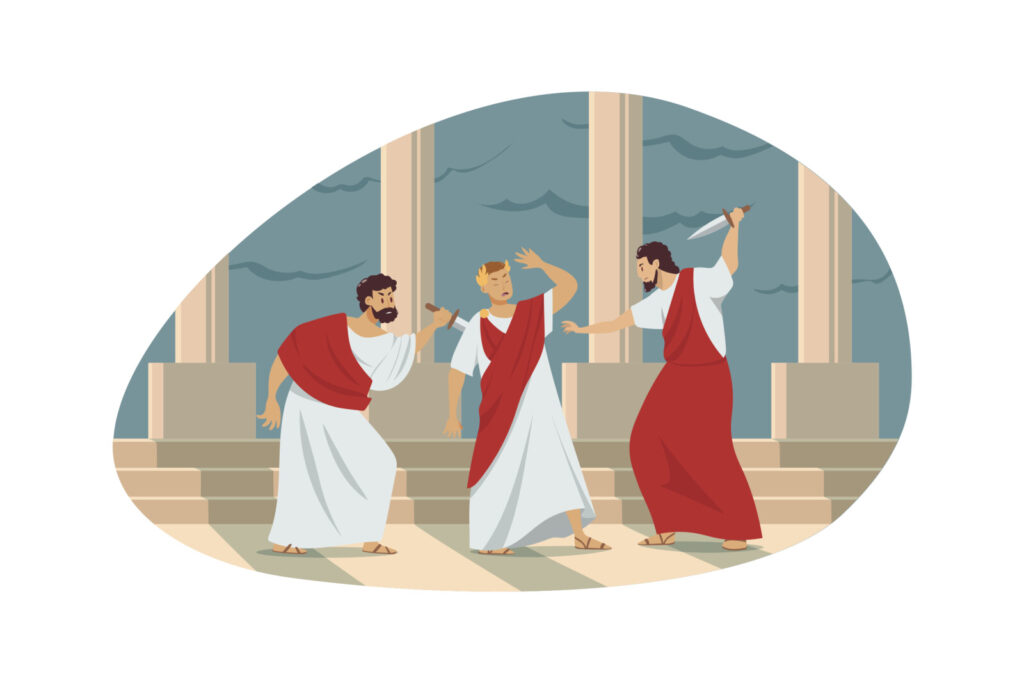Given that the Roman calendar has stood the test of time, and is, in some form, still what we use today, you’d probably assume that they pretty much nailed it. What you have to understand, though, is that we’re not out here rocking Roman calendar version 1.0. Far from it. In fact, early iterations of the Roman calendar weren’t just unwieldy, they were practically useless. There were all sorts of massive problems that had to get cleaned up before we got the nice, neat version that comes with pictures of cats on the top page.
It’s a surprise the Roman calendar lasted at all, given that in its early iterations, it didn’t even achieve one of the most basic requirements for a functional calendar: lining up with the year. It was based on the moon and harvests, and somehow, that came out to a calendar that contained 304 days.
Don’t Miss
The gap between that 304 and the modern 365? Oh, that was still there, there was just a part of each year that nobody kept track of. For an entire chunk of every year when there wasn’t farm work being done, every day was Day Nothing in the Month of Who Cares. Even the Romans quickly realized this was incredibly stupid, and added 51 more days. Better, but still 10 short of the right amount.
Shutterstock
How did they manage to keep winters and summers in the right place while missing a third of a month?
Well, there’s two answers to that: The first is the occasional addition of an extra month, a “leap month” of sorts, called “Mercedonius.” The second, more accurate answer is: They didn’t. Mercedonius would have maybe worked, if it was applied correctly, but it wasn’t. It wasn’t added in a tightly controlled fashion, and some public officials even decided it was Mercedonius whenever they wanted a little bit of a longer term.
This went on and on, up until the time of Caesar. At which point, they were over two months out-of-whack, meaning they were off by a whole season. Julius Caesar, being a reasonable man, had had about enough of this shit, and decided he was going to fix it — and fast.
Enter the year 46 BC, now known as the “Year of Confusion” for reasons that will quickly become clear. In order to get the calendar back on track, Caesar took the quick-band-aid-rip approach, and turned the year 46 BC into an unwieldy, monstrous beast of an annum that had a whopping 445 days. When 46 BC finally ended, everyone welcomed January 1st, the first day of a new, actually useful 12-month, 365-day calendar that would be known as the “Julian calendar.” This is extremely close to what we use today, minus a few tweaks made by Pope Gregory to create the Gregorian calendar.
It was literal time well spent.

